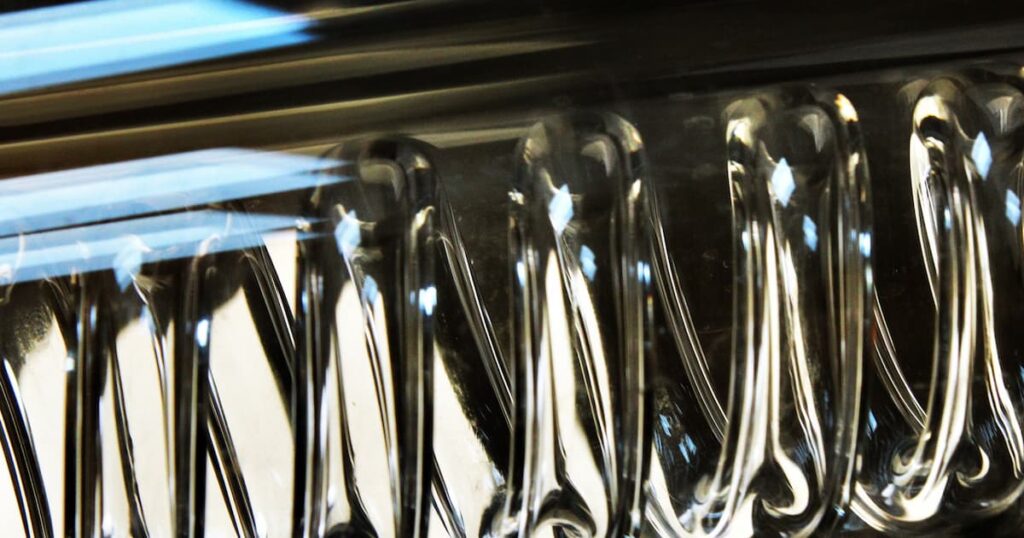Distillation is a process used to separate mixtures of liquids into their components based on differences in their boiling points. The process involves heating a mixture to cause the component with the lowest boiling point to vaporize and then collecting and condensing the vapor to produce a purified liquid. Distillation is used in industrial and laboratory applications to purify liquids and separate mixtures into individual components.

Importance of distillation as a separation technique
The success of distillation as a separation technique depends on the following factors:
- the boiling points of the components in the mixture
- the temperature of the distillation process
- the pressure of the system.
To effectively separate the components, control these parameters carefully and utilize the proper equipment and techniques. Despite the challenges, distillation remains a versatile method for separating mixtures and purifying liquids.
It allows for producing pure and concentrated products with applications in several industries, resulting in fuel, alcohol, essential oils, and food products.
Examples of mixtures that can be separated by distillation
- Ethanol and water are common mixtures that can be separated by distillation. Ethanol has a lower boiling point than water, so when the mixture is heated, the ethanol vaporizes first. The vapor is then collected and condensed into a liquid, producing purified ethanol.
- Alcohol and fruit juice can be separated, producing purified alcohol. This process produces fruit-flavored alcohol, such as brandy and rum. Fruit juices contain both water and sugar, which have different boiling points. By distillation, the alcohol can be separated from the fruit juice.
- Petroleum is a mixture of many different hydrocarbons, and distillation can separate them based on their boiling points. This allows for producing gasoline, diesel fuel, and other products from crude oil.
- Essential oils are complex mixtures of volatile organic compounds, and distillation is often used to separate the individual compounds. This allows for the production of pure essential oils for use in perfumes, flavorings, and aromatherapy.
- Sea water is distilled to separate salt water into its parts, producing fresh-water and concentrated salt, a useful technique for producing drinking water in areas where fresh water is scarce.
- Antifreeze is a mixture of ethylene glycol and water. Distillation can separate the two components, a process useful in producing antifreeze for automobiles.
- Whiskey is a mixture of ethanol, water, and other compounds, and distillation is used to concentrate the ethanol in the production of alcoholic beverages.
- Soy sauce is a mixture of salt, water, and fermented soybeans. Distillation can separate the salt from the other components, a useful technique in producing soy sauce and other fermented foods.
- Vinegar is a mixture of acetic acid and water; distillation can separate the two components. The process helps produce vinegar and other acetic acid-based products.
- Perfumes are mixtures of fragrant oils, alcohol, and other components, and distillation can be used to separate the oils from the other components.
- Flavorings. Using distillation, complex mixtures of volatile compounds in flavorings can be divided into individual components, enhancing their taste and aroma.
- Aromatherapy oils. Distillation can effectively isolate volatile organic compounds in aromatherapy oils, producing pure essential oils for massage, relaxation, and other therapeutic practices.
- Brine. By distilling brine, the mixture of salt and water can be transformed into fresh-water and concentrated salt, making it a valuable method for producing potable water in arid regions.
- Soap. Fats and oils in soap can be separated through distillation, producing a gentler purified soap on the skin.
- Lye. Distillation can extract sodium hydroxide from water in lye, making it a useful ingredient in soap-making, cleaning, and other industrial processes.
- Sulfuric acid. Distillation can separate sulfuric acid from water, producing a highly concentrated and versatile chemical that produces fertilizers, dyes, and detergents.
- Biodiesel. The fatty acids and glycerol in biodiesel can be separated through distillation, resulting in a cleaner and more efficient fuel alternative.
- Natural gas. Distillation of natural gas can separate the mixture of methane, ethane, propane, and other hydrocarbons into individual components, making it possible to produce different fuel and energy sources.
- Ammonia. Distillation can divide nitrogen and hydrogen in ammonia, producing a versatile chemical that produces fertilizers, cleaning agents, and refrigerants.
- Chlorine gas. By distilling chlorine gas, the mixture of chlorine and hydrogen can be separated, producing a potent bleach and disinfectant.
Creative ways to separate mixtures using distillation
Vacuum distillation, fractional distillation, steam distillation, short-path distillation, column distillation, and multistage distillation are all creative methods used to separate mixtures by distillation. Each of these methods utilizes different techniques to achieve the desired level of purification, such as reducing the pressure, multiple distillation steps, or taking advantage of differences in boiling points or molecular properties. The abovementioned methods are commonly used in the production of high-purity liquids, such as crude oil, alcohol, and specialty chemicals, as well as in the refining of petroleum products and the production of essential oils, fragrances, and flavorings.
Pressure swing and reactive distillation are two more innovative methods for separating mixtures through distillation. Pressure-swing distillation uses changes in pressure to separate the components, while reactive distillation involves adding a reactive chemical to enhance the separation process. These methods result in a more purified product through multiple distillation steps.
Membrane and adsorption distillation are both techniques that utilize the molecular properties of the components in the mixture to achieve separation. Membrane distillation uses a semi-permeable membrane, while adsorption distillation uses an adsorbent material. Both methods commonly produce high-purity liquids and gases, such as pharmaceuticals, specialty chemicals, and oxygen and nitrogen.
Wrapping up
Distillation is a versatile and creative way to separate mixtures. Whether it is through reducing pressure, multiple distillation steps, or taking advantage of differences in boiling points or molecular properties, there are various methods to achieve the desired level of purification. Each method has its unique strengths and is commonly used in producing high-purity liquids, specialty chemicals, and other products.
